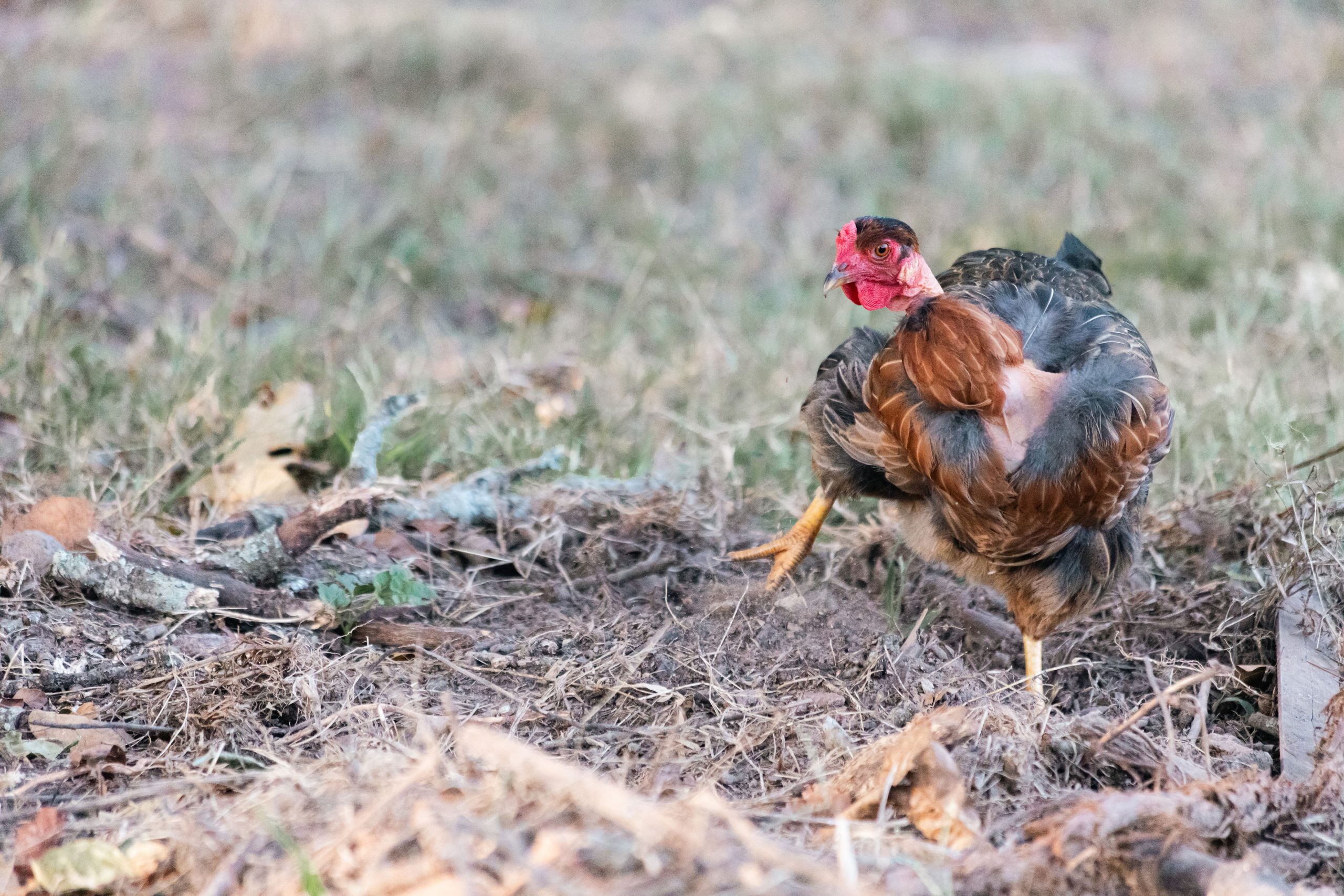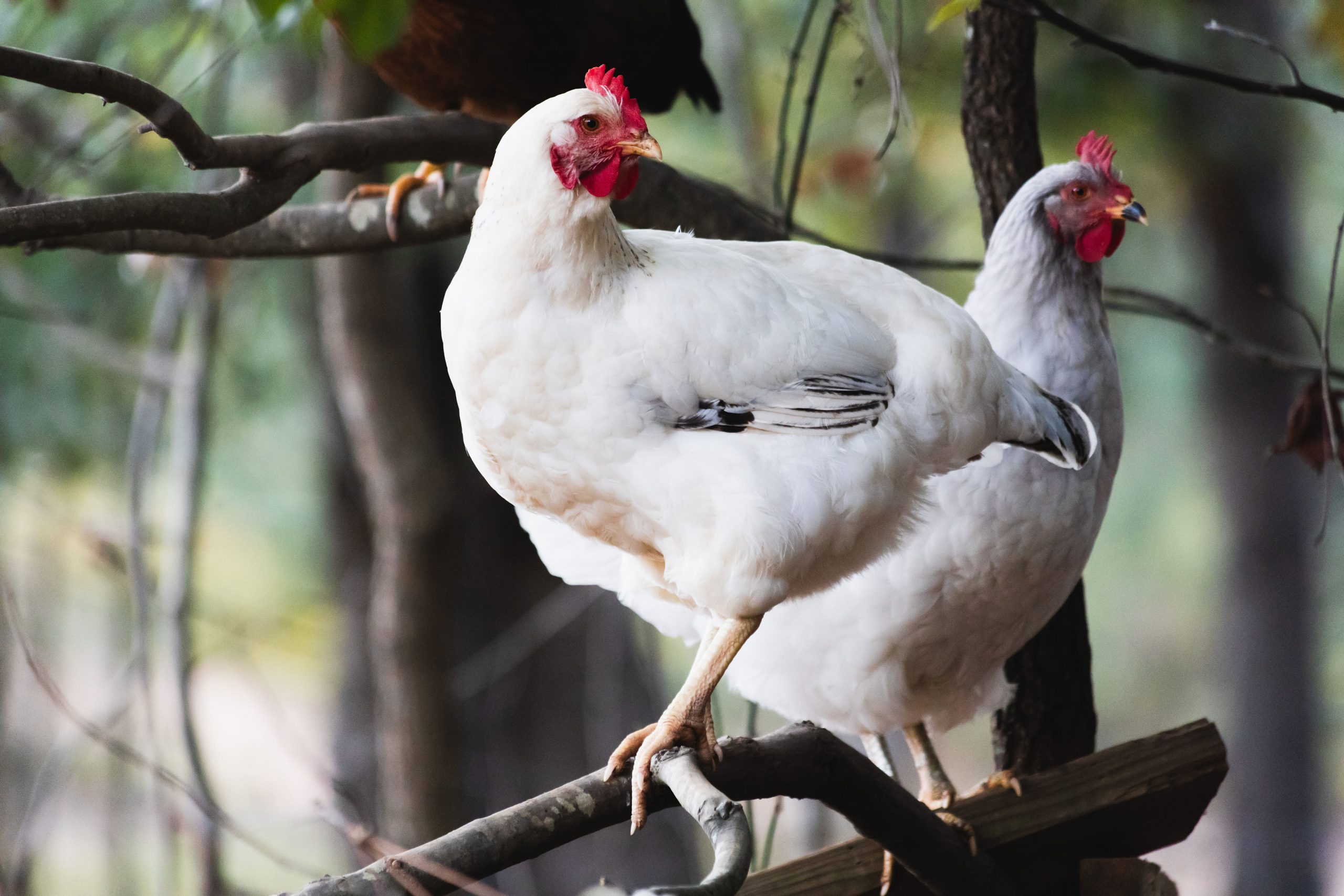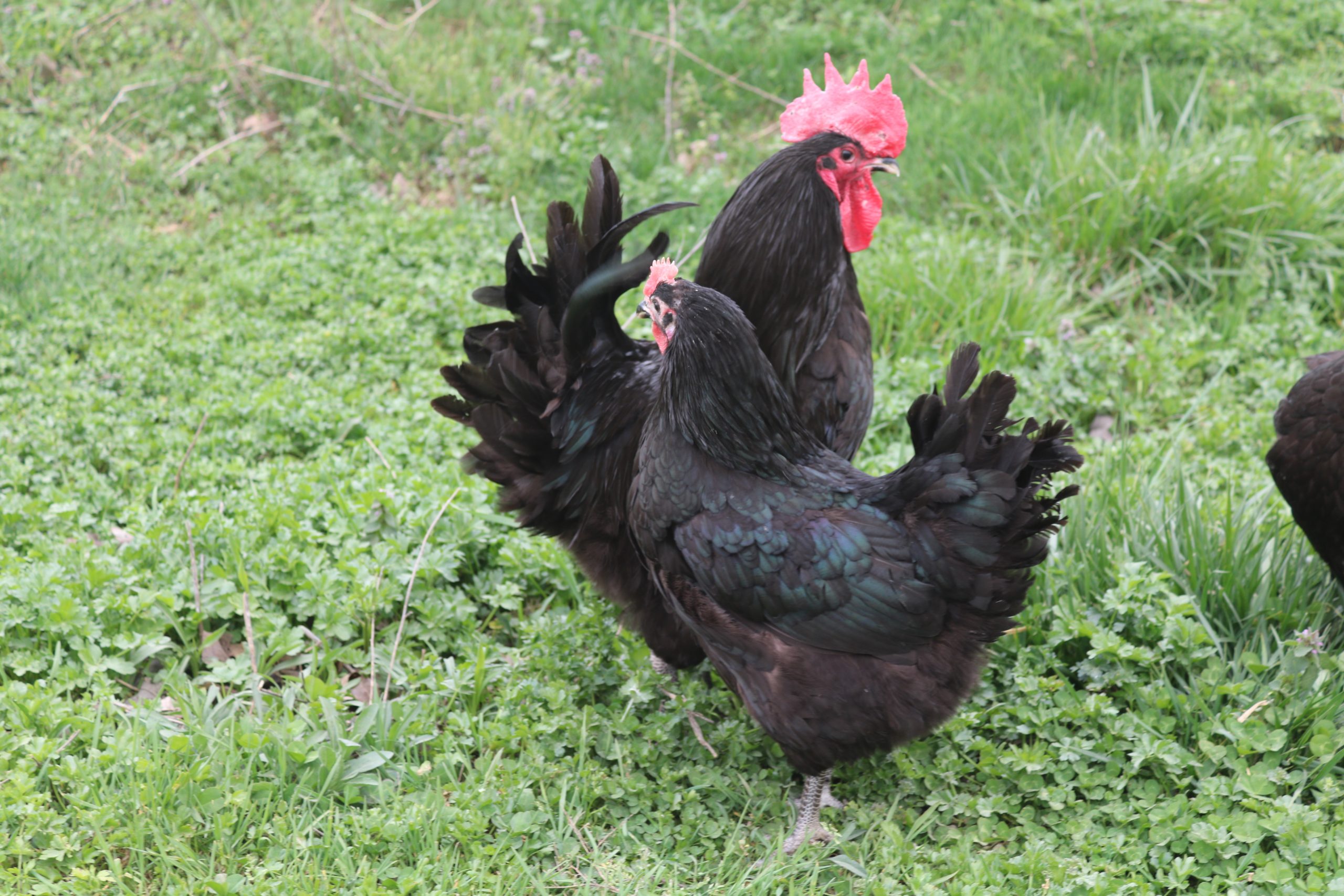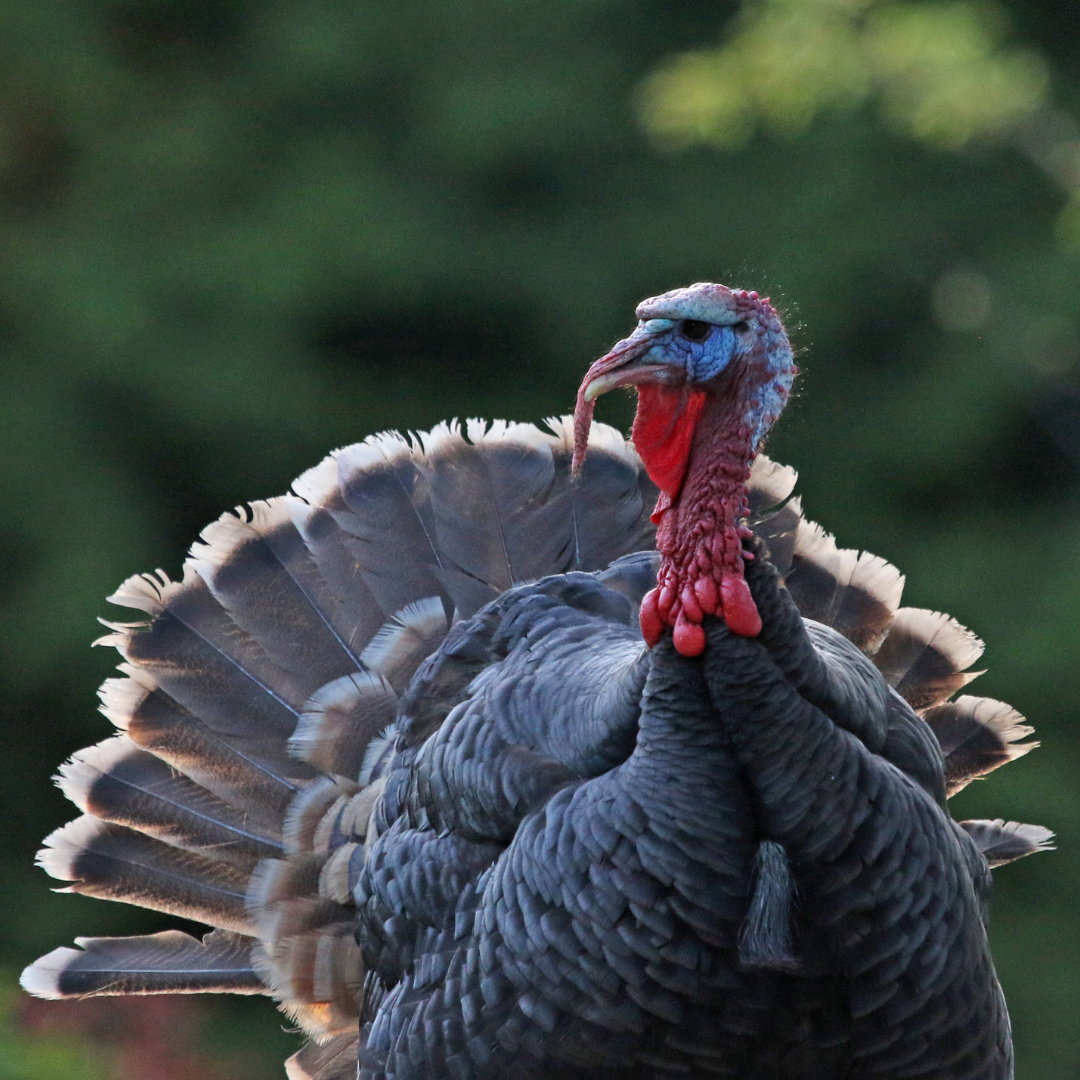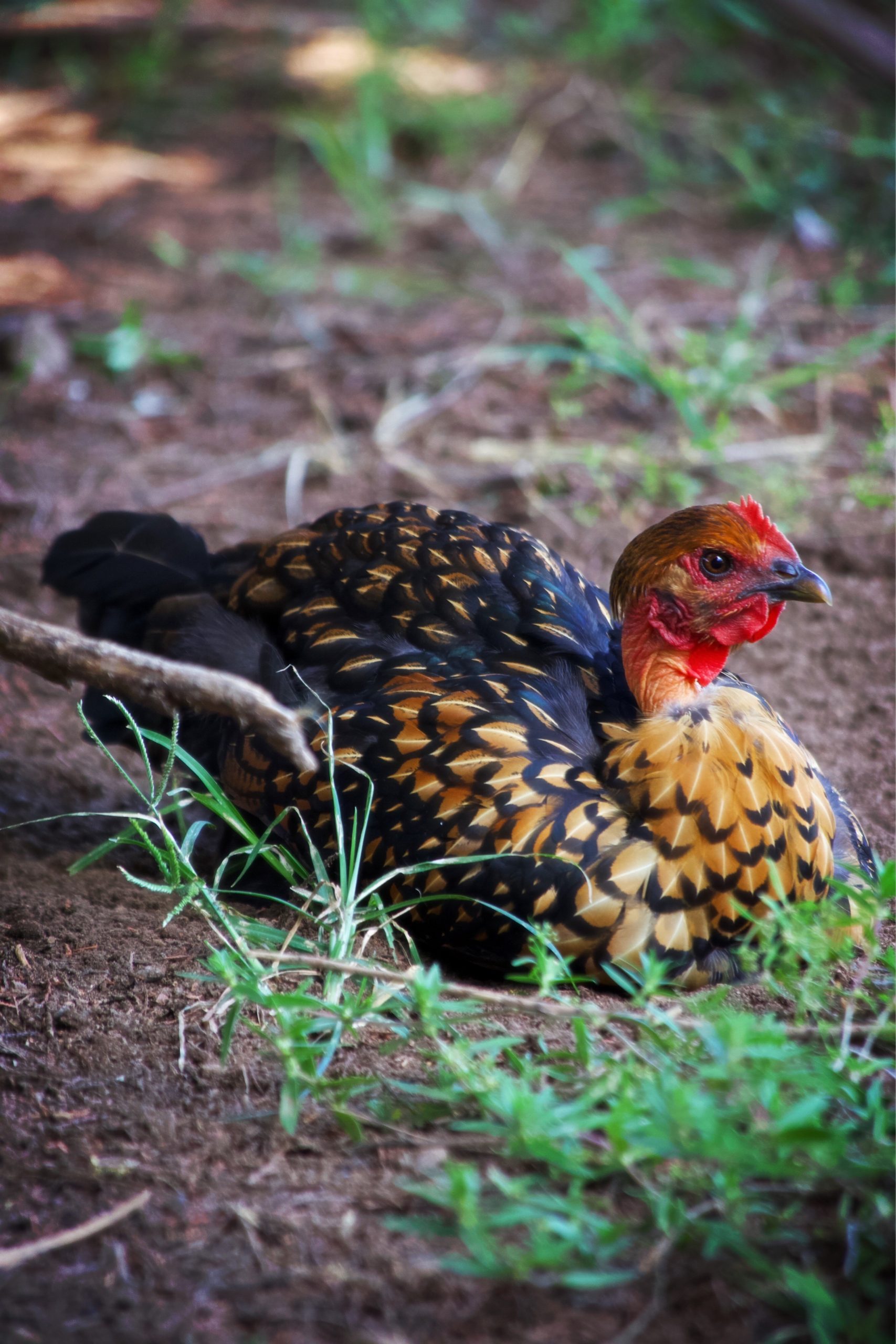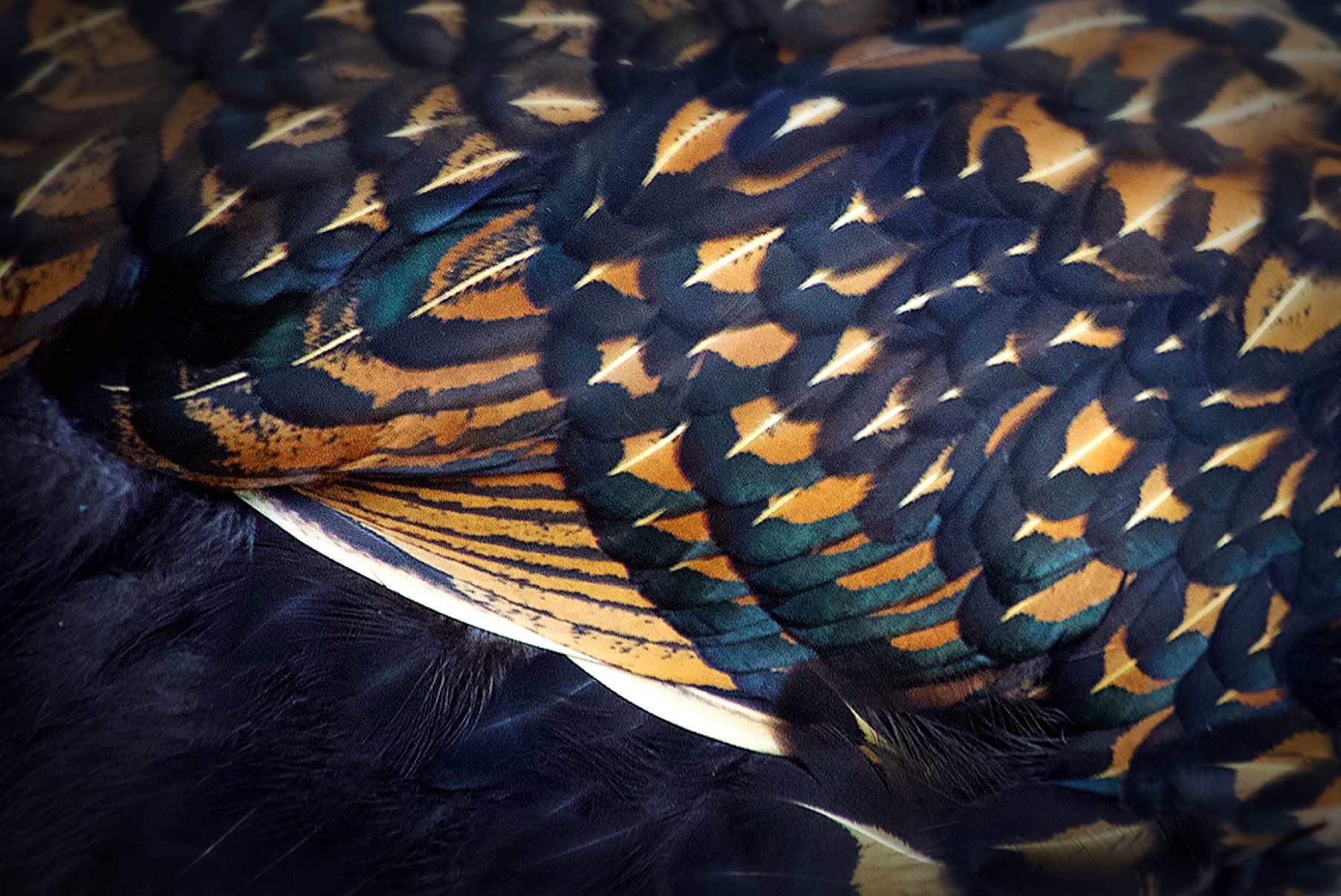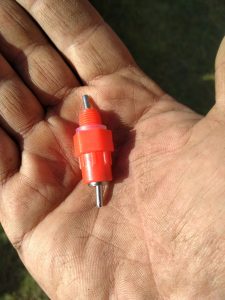
Poultry Watering Systems
Poultry watering systems come in many shapes and sizes these days, and your local feed store will have several options. So, which one is right for you?
There are advantages and disadvantages to any product, so choose the one that is best suited to your situation. As I tell any farmer, beekeeper, or gardener: “Do what works for you!”
Some of your choices for watering systems are:
-Metal founts
-Plastic founts
-Water troughs

However, my personal preference is poultry nipples. While the founts work, I found not only did they have a tendency to get dirty, but they would also often develop a tiny leak that would cause the whole thing to dump out, leaving a wet spot in the coop. If we didn’t catch it on time, the flock would run out of water. If you are going to use a fount, I recommend building a stand to keep it up off the ground and minimize some of the contamination issues.
The main advantage to poultry nipples is that the water you are giving your birds stays clean and cool as long as it stays in a shady place where the chickens can have constant access. They are also inexpensive and can be installed in a variety of ways to suit your needs.
For mobile coops, you can simply install them on the bottom of a five-gallon bucket and suspend it inside your coop. This setup should be sufficient to keep a small flock of backyard birds well-hydrated for a week without needing to refill.

If you have a larger flock in a mobile coop, you can attach the nipples to a PVC pipe by drilling the recommended size hole and screwing them in. I like to have at least one nipple per six birds, spaced out every 12 inches along the pipe. This pipe can then be attached to a 30- or 55-gallon drum as the water source. Fill your drum with water weekly and your chickens will have plenty of cool clean water to drink.
For a more permanent coop, you can use a set up a similar system using a PVC pipe attached to a water supply. If you are going to go this route you will also need a pressure reducer to take your pressure down to below 1 PSI. These are available to order, just be sure to look for the reducers specifically designed for poultry nipples. For the DIY enthusiasts, you can also build an inexpensive reducer by putting a stock tank float in a five-gallon bucket. Then hook the PVC pipe up to the bottom of the bucket and allow the water to feed into the line using gravity.
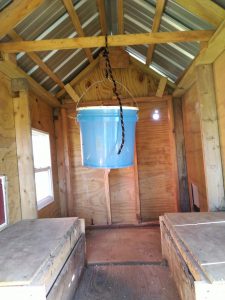
A few recommendations I have no matter which system you choose:
-Always plan on having a way to clean out the system. For the PVC pipe design, this can be as simple as a ball valve at the end of the line that allows you to flush the system. I like to run a bit of bleach through the lines at least every 6 months to keep things sanitary.
-In colder climates, plan on keeping your system from freezing by using heat tape.
-Train your birds to use nipples from the youngest age possible. I put them in the coop along with a fount when the birds are about a week old, then I raise the bucket as they grow and can reach up higher.
-Make sure your waterer stays in the shade on hot summer days.
-Have fun raising your birds, take time to observe their daily activities, watch and listen as they peck at the watering system to fulfill their needs. They are fascinating creatures, especially ducks!!!
Drew Erickson is Farm Manager for Rodale Institute Midwest Organic Center in Marion, Iowa. Learn more about Rodale Institute and their work in the Midwest at RodaleInstitute.org/Midwest.


